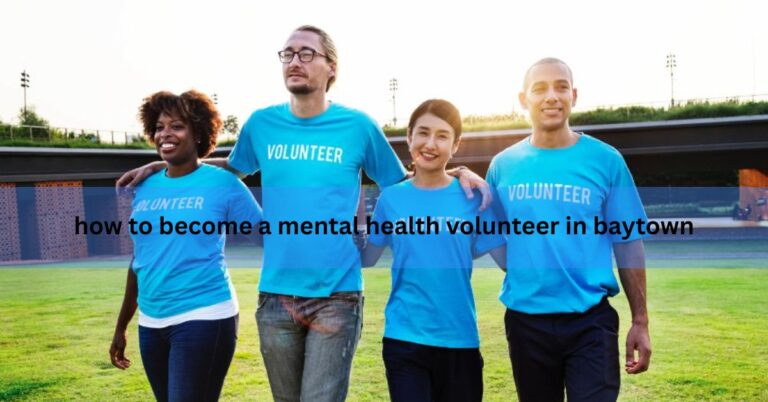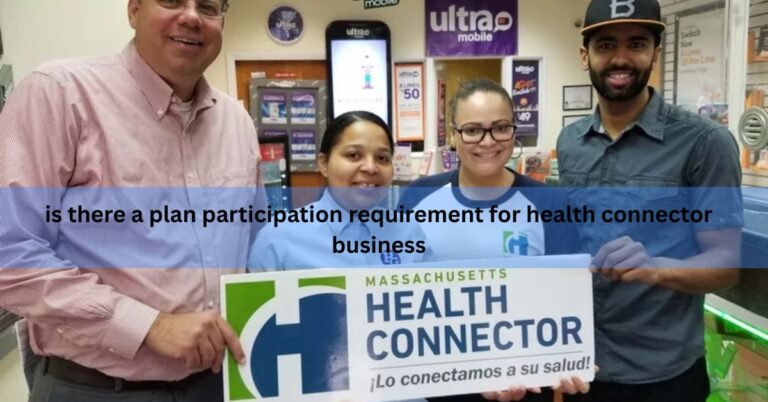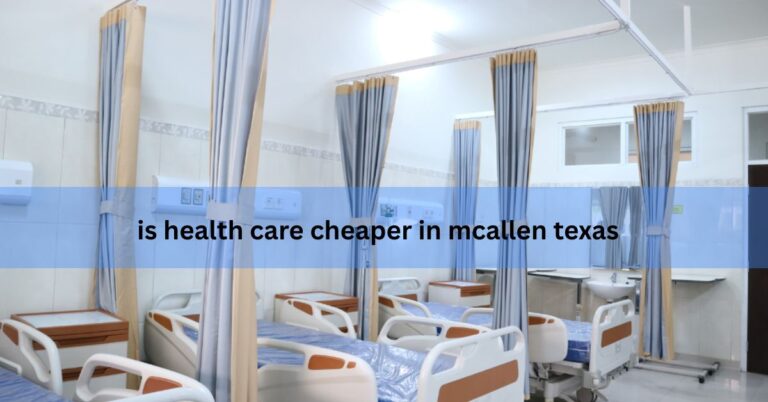A Significant Threat To Public Health Requiring Immediate Closure – Protect Public Health Now!
Introduction:
In the modern world, public health is a dynamic ecosystem influenced by environmental, biological, and societal factors. When a situation escalates into “a significant threat to public health requiring immediate closure,” it signals an urgent, often critical disruption—posing direct danger to human life and well-being. From unsanitary restaurants to outbreaks in schools, factories, or water systems, such threats call for swift action to prevent widespread harm.
This article examines what defines a significant public health threat, the science and policies driving closures, real-world cases, and how communities can respond. It also highlights the roles of the CDC, local health departments, and emergency managers in protecting public safety.
What Constitutes a Significant Threat to Public Health?
A “significant threat” is more than a nuisance—it is a condition or event that poses an immediate risk of harm to the population. These threats typically exhibit the following characteristics:
- High transmissibility or exposure risk
- Potential for severe health outcomes
- Widespread impact (local, regional, or national)
- Lack of quick mitigation unless closure occurs
Examples of Such Threats Include:
- Contamination in drinking water (e.g., lead, E. coli)
- Foodborne illness outbreaks at restaurants or markets
- Airborne pathogens like mold in public schools or offices
- Zoonotic outbreaks in petting zoos or animal facilities
- COVID-19 outbreaks in high-density workplaces
- Industrial chemical spills near residential zones
What is a significant threat to public health?
A significant threat to public health is antimicrobial resistance (AMR), where bacteria and viruses become resistant to medications. This reduces the effectiveness of treatments, leading to longer illnesses and increased mortality. It also places a heavy burden on healthcare systems worldwide.
Legal and Regulatory Foundations for Immediate Closures:
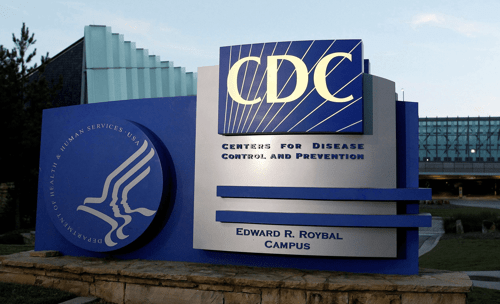
When authorities issue a closure, it is often rooted in public health law, such as the Public Health Service Act, state sanitation codes, or emergency declarations by local governments. Agencies like the U.S. Centers for Disease Control and Prevention (CDC) and Environmental Protection Agency (EPA) often assist in assessments and response.
Local health departments may declare a facility unsafe under the authority granted by:
- State health codes
- Food safety regulations (FDA guidelines)
- Occupational Safety and Health Administration (OSHA) laws
- Building or fire safety codes
Situational Triggers for Closures:
1. Food Establishment Violations
A restaurant infested with rodents or mold, serving undercooked meat, or failing to follow hygiene standards may be deemed a significant threat.
Example: A Chipotle branch in Boston temporarily closed in 2015 after dozens of patrons reported food poisoning linked to norovirus and improper food handling.
2. Water Supply Contamination
Water systems with lead, PFAS, or E. coli contamination can cause closures of schools, daycares, or entire municipal systems.
Example: The Flint Water Crisis in Michigan was one of the most catastrophic failures of public water systems, requiring widespread closures and federal intervention.
3. Infectious Disease Outbreaks
Facilities like nursing homes, cruise ships, and manufacturing plants with rapid disease spread must close immediately to prevent further transmission.
Example: During the COVID-19 pandemic, meatpacking plants in the Midwest were shuttered after widespread employee infections.
4. Toxic Chemical Exposure
Hazardous waste leaks from factories or rail accidents involving chemical spills can prompt emergency evacuations and shutdowns.
Example: The East Palestine, Ohio train derailment in 2023 caused the release of toxic vinyl chloride, prompting school closures and mass health screenings.
Health, Economic, and Social Impact of Immediate Closures:
Immediate closures, while necessary, come with ripple effects:
Health Benefits:
- Prevents exposure and illness
- Allows time for containment, cleanup, and investigation
- Protects vulnerable populations (children, elderly, immunocompromised)
Economic Consequences:
- Loss of revenue for businesses
- Increased government expenditure on emergency response
- Job instability and community-wide economic strain
Social and Psychological Strain:
- Anxiety, especially if closures involve children’s schools or public spaces
- Distrust in institutions if transparency is lacking
- Stress on healthcare systems
The Role of Public Health Agencies:
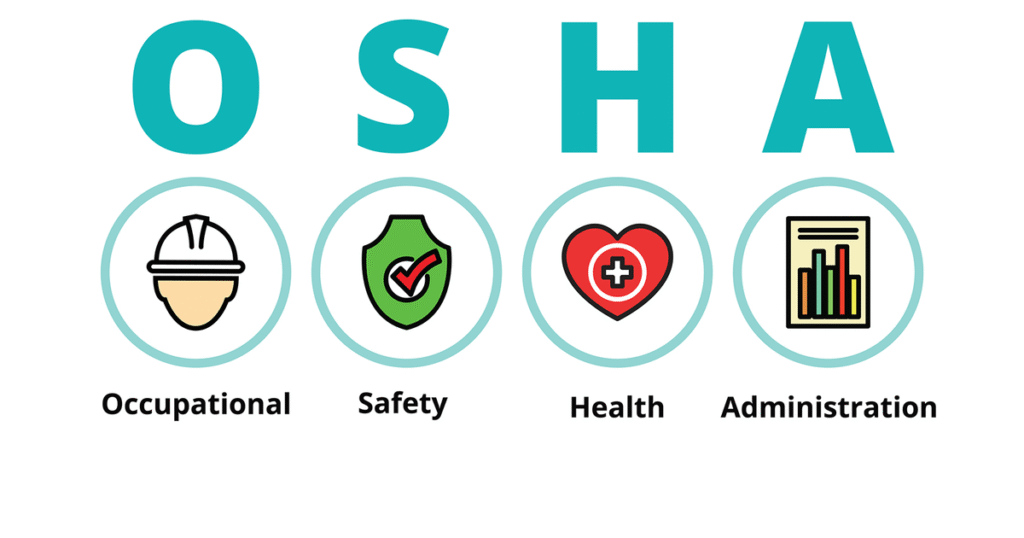
Local Health Departments
Local health departments are responsible for conducting routine inspections of restaurants, food facilities, and public establishments to ensure compliance with health codes. They can issue citations or even shut down operations temporarily when significant health violations are found.
CDC (Centers for Disease Control and Prevention)
The CDC assists in investigating disease outbreaks, especially those involving foodborne or communicable illnesses. They provide expert guidance and coordinate responses with state and local agencies to contain public health threats.
EPA (Environmental Protection Agency)
The EPA evaluates environmental hazards including water contamination, air quality, and chemical exposures. It sets national standards to ensure that communities have access to clean air, safe drinking water, and toxic-free environments.
OSHA (Occupational Safety and Health Administration)
OSHA enforces workplace safety regulations to protect employees from hazards such as machinery, chemicals, and ergonomic risks. It regularly inspects industrial and construction sites and can issue penalties for violations.
Reopening After a Closure: What Needs to Happen?
Before a facility or community can reopen:
- The hazard must be remediated (e.g., mold removed, water purified)
- Thorough inspections must verify safety
- Staff may require retraining on health protocols
- Clear communication with the public must be provided
A successful reopening also involves long-term monitoring to ensure the issue does not reoccur.
Is there a difference between a precautionary closure and an emergency closure?
Yes, there is a difference between a precautionary closure and an emergency closure, primarily in terms of urgency and reasoning:
Precautionary Closure
This is a preventive measure taken when there is a potential risk but no immediate danger. It is usually done to avoid future problems, such as in response to forecasted severe weather, a suspected contamination, or a minor regulatory concern.
Emergency Closure
This occurs in urgent or dangerous situations where there is an immediate threat to safety, health, or security—such as a gas leak, confirmed contamination, fire, or structural failure. It requires rapid action and often involves emergency services.
Also Read: Is Behavioral Health the Same as Mental Health – Break down the confusion!
How Communities Can Prepare for and Respond to Public Health Threats?
Education and Awareness
- Know the warning signs (e.g., smell of chemicals, water discoloration)
- Stay updated through official channels like CDC alerts or local health bulletins
Emergency Plans
- Businesses and schools should have health emergency response protocols
- Households should prepare go-bags and safety supplies
Advocacy
- Demand transparency from local officials
- Push for inspections, especially in underserved communities
FAQ’s:
1. What qualifies as a significant public health threat?
Any condition or event that poses a high risk of serious harm to public health, such as toxic exposure, infectious disease outbreaks, or severe sanitation violations.
2. Who decides when something needs to be shut down for health reasons?
Local health departments, in coordination with state and federal agencies like the CDC or EPA, have the authority to mandate closures.
3. Can a restaurant be shut down immediately for a single violation?
Yes. If the violation poses an immediate danger—like rodent infestation or contaminated food—it can be shut down on the spot.
4. What happens after a facility is closed for health concerns?
An investigation and remediation process begins. The facility must correct the issues, pass reinspection, and follow new guidelines before reopening.
5. Are school closures common due to health threats?
Yes. Schools may close due to mold, water contamination, flu outbreaks, or environmental hazards in or near the facility.
6. How are the public informed about health closures?
Announcements are made via news outlets, official websites, social media, and sometimes public emergency alert systems.
7. What rights do workers have during a health-related closure?
Workers may be eligible for paid leave or unemployment assistance, depending on the state and nature of the closure.
8. Can public facilities reopen if people disagree with the closure?
Not without health department approval. Legal challenges can occur, but public safety typically overrides opposition.
Closing Remarks:
When a situation is identified as “a significant threat to public health requiring immediate closure,” the speed and decisiveness of the response can save lives. Although closures disrupt daily life, they are necessary measures grounded in science and public safety. With informed public participation, robust emergency response systems, and responsible governance, we can better manage these crises and build resilient communities.
Read More:

